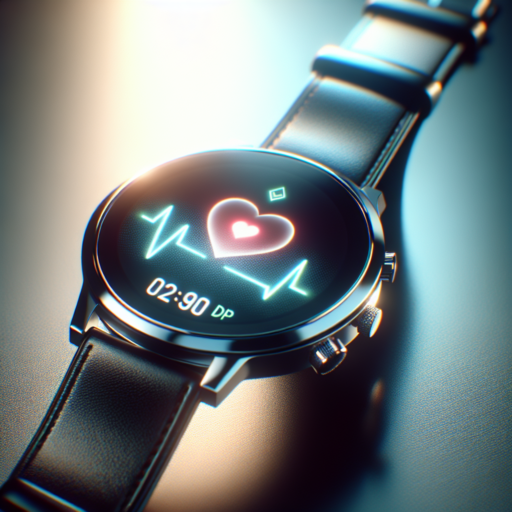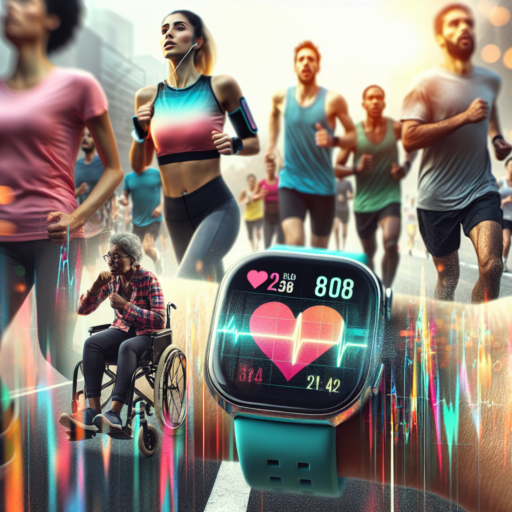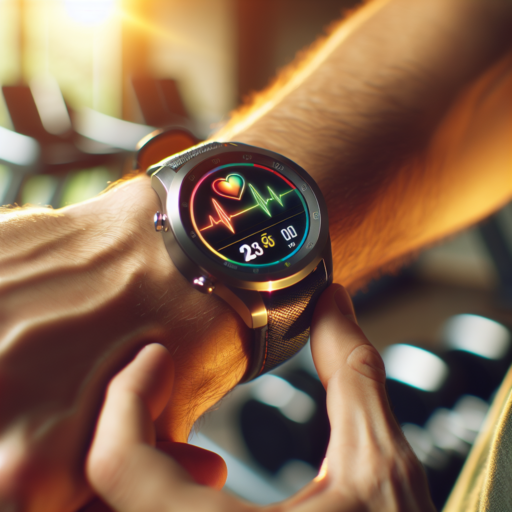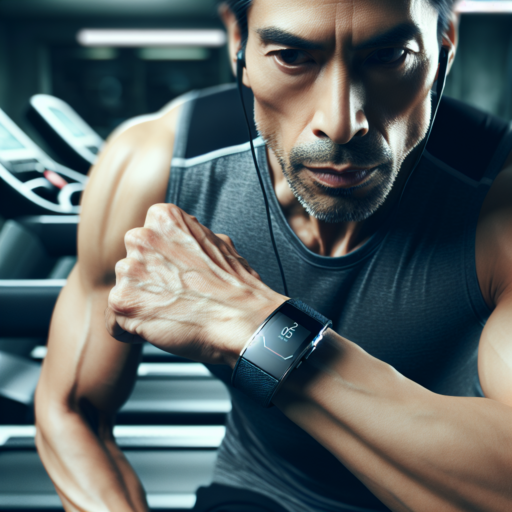What is a good heart rate on watch?
Understanding what constitutes a good heart rate as displayed on a watch can be crucial for both athletes and health enthusiasts alike. Generally, a «good» heart rate varies depending on an individual’s age, fitness level, and various health parameters. However, for most adults, a resting heart rate between 60 to 100 beats per minute (BPM) is considered normal and healthy.
Factors Influencing Good Heart Rate
Several factors can influence what is considered a good heart rate for an individual. These include but are not limited to, physical fitness, age, and the presence of any medical conditions. Athletes, for instance, may have a resting heart rate well below 60 BPM, which is a sign of excellent cardiovascular fitness. It’s crucial to understand that what’s good for one person may not be suitable for another, emphasizing the importance of personalized health advice.
Monitoring your heart rate through a watch can offer insights into your fitness levels, stress, and overall heart health. An optimal heart rate during moderate-intensity activities is about 50% to 70% of your maximum heart rate. Meanwhile, vigorous physical activity entails a heart rate at 70% to 85% of the max. These percentages are pivotal in adjusting your exercise intensity for better health and fitness outcomes.
Lastly, it’s important to consider how different types of watches measure heart rate. Advanced watches use optical heart rate sensors to monitor blood flow directly through the skin, providing real-time data that helps users stay informed about their health status. Notwithstanding, variations between devices can occur, highlighting the need for occasional calibration or cross-referencing with other heart rate measuring methods to ensure accuracy.
Which is the best heart rate watch?
Identifying the best heart rate watch can be a complex task given the vast array of options available in the market. Key features such as accuracy, durability, additional health tracking functionalities, and compatibility with other devices play a significant role in determining the top choices. Renowned brands have continually evolved, offering devices that not only monitor heart rates but also blend in smartwatch capabilities for a more integrated health and fitness tracking experience.
When considering the best heart rate watches, it’s essential to look for models that provide real-time tracking with high accuracy. Advanced sensors and algorithms have enabled watches to offer insights into heart rate variability (HRV), stress levels, and even oxygen saturation, alongside the standard beats per minute measurement. These metrics are crucial for athletes, fitness enthusiasts, and individuals monitoring specific health conditions.
Key Features to Consider
- Accuracy of heart rate measurement
- Water resistance for tracking during all activities
- Battery life to ensure consistent use without frequent charging
- Compatibility with smartphones and other devices for data syncing
The quest for the best heart rate watch also involves evaluating the user interface and ease of use. A watch that offers seamless navigation and clear display of metrics can significantly enhance the user experience, making it easier to track and understand one’s health data. Thus, while the market offers numerous options, the best choice ultimately aligns with the individual’s specific needs and goals in health and fitness tracking.
No se han encontrado productos.
How accurate is pulse on watch?
Assessing the accuracy of pulse measurements on watches is a subject that fascinates and concerns many individuals, especially those who rely on wearable technology to monitor their health and fitness levels. The truth is, the accuracy can vary significantly across different brands and models. Most of these devices use photoplethysmography (PPG) technology, where light is emitted by the watch into the skin, and the amount of light absorbed or reflected back is measured to determine blood flow and pulse rate. The efficiency of this technology is influenced by several factors.
Factors Influencing Accuracy
- Wearer’s Activity Level: The accuracy tends to decrease during high-intensity activities due to movements that may interfere with the sensor’s ability to accurately detect the blood flow.
- Skin Type and Placement: Darker skin tones, tattoos, and even the tightness with which the watch is worn can affect the sensor’s ability to read the pulse accurately. It’s crucial for the watch to be in close contact with the skin without being too tight.
- Technology Quality: High-end watches generally incorporate more advanced sensors and algorithms, enhancing the accuracy of pulse readings.
It’s also important to consider the precision of these devices in the context of their intended usage. While they can provide valuable insights for everyday health monitoring and fitness tracking, they are not meant to replace professional medical devices. The level of accuracy can be sufficient for general wellness monitoring but might not be reliable for diagnosing or managing health conditions. Consumers should always approach these readings with an understanding of their limitations and, when necessary, seek professional medical advice.
What is a good pulse rate by age?
Understanding the dynamics of a good pulse rate by age is crucial for assessing cardiovascular health. As we traverse through different stages of life, our heart rate and pulse undergo changes, influenced by factors such as activity level, fitness, and environmental stressors. It’s important to distinguish what’s considered normal or healthy within specific age brackets to promote overall well-being.
Normal Pulse Rates by Age Group
Generally, the resting pulse rate decreases as children grow into adulthood, stabilizing in adult years. Here’s a brief overview:
- Infants (newborns to 1 month old): Normal pulse rates can range from 70 to 190 beats per minute (bpm).
- Children (1 to 10 years): A healthy pulse rate can vary from 70 to 130 bpm.
- Adults (including seniors over 65 years): The ideal range is from 60 to 100 bpm for a resting heart rate.
It’s pertinent to note that athletes or individuals with a high level of physical fitness may exhibit lower resting heart rates, often ranging from 40 to 60 bpm, attributed to their heart’s efficiency in pumping blood.
Factors Influencing Pulse Rate
Several elements can affect pulse rate, including temperature, body position, emotions, body size, and medication use. Recognizing what is normal for you or your loved ones can aid in identifying potential health issues early. Regular monitoring and consultation with healthcare professionals can ensure that your pulse rate remains within a healthy range for your age and physical condition.




